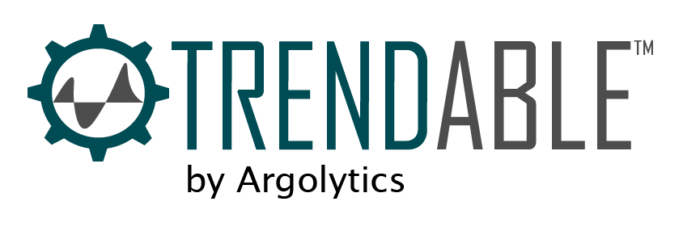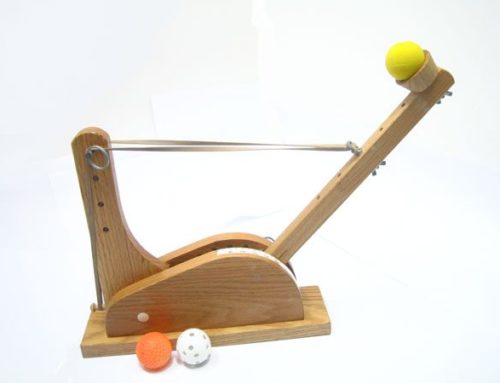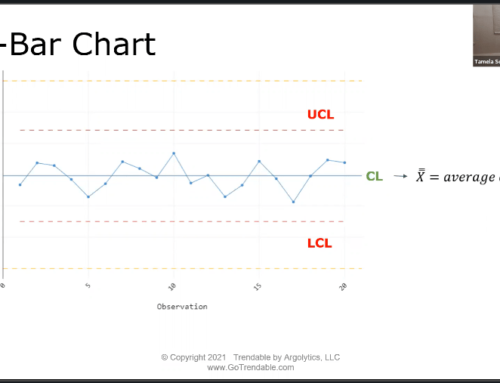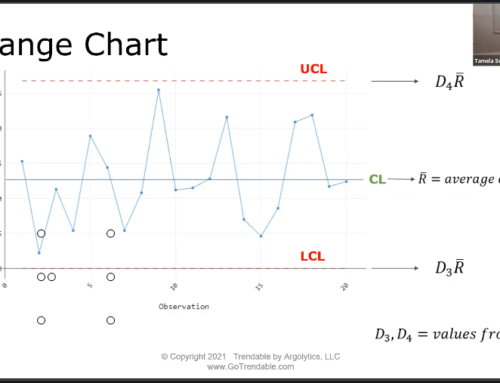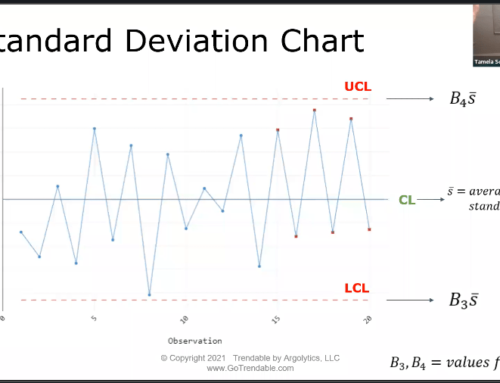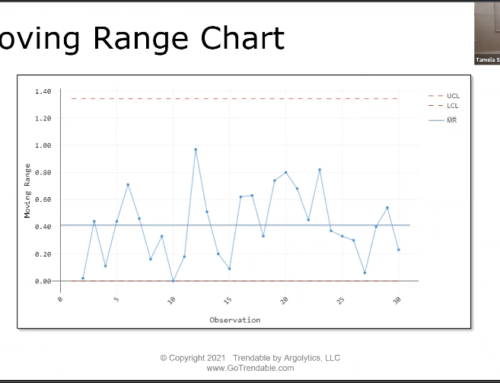USL = Upper Specification Limit
LSL = Lower Specification Limit
The “customer” defines your specification limits. The customer can be an external entity (like who you sell your product to) or internal (the next department in line). If your customer needs the part width to be 0.50” +/- 0.03, then your specification limits are USL = 0.53” and LSL = 0.47”. Specification limits are also referred to as “spec limits” or tolerances.
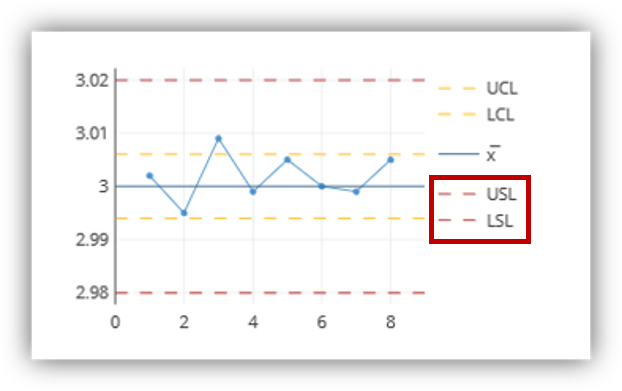
Specification limits are different from Control limits. Control limits are guiding values calculated based on the amount of variation in the process. One measure of variation is standard deviation*. A common application of control limits is the mean +/- three standard deviations. For example, if the average part width measurement is 0.50” and the variation in measurement has a standard deviation of 0.005”, then the control limits are UCL = 0.515” and LCL = 0.485” (based on 3 standard deviations).
When measured data points fall within the control limits, the process is considered “in control”. Sigma σ is the Greek symbol used in statistics to represent standard deviation. The term “Six Sigma” refers to the common practice of using +/- 3 standard deviations about the mean to calculate control limits.
*There are several different methods available for calculating standard deviation. Consult a statistician to determine which method is appropriate for your application.
